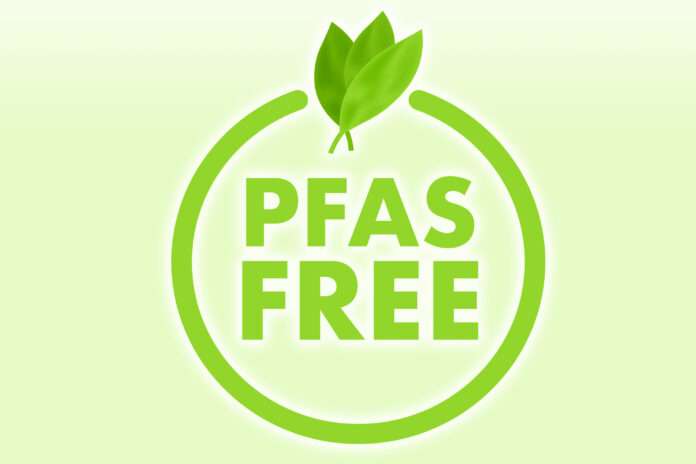PFAS (pronounced “Pee-faz”) are increasingly in the news these days. And for good reason: These so-called forever chemicals have been linked to a host of adverse health effects, and they’re hard to avoi...
PFAS: The ‘Forever Chemicals’ That Are Everywhere
What to know about their potential harms and how to avoid them
March 22, 2024
Previous Issues
Related Articles
- September 9, 2022Whatever Happened to Acrylamide?
If you’re a coffee drinker, you may remember acrylamide as the substance that almost ruined your favorite beverage for…
- November 28, 2022Don’t Glaze Over This Warning
Beware of using traditional glazed ceramics for cooking or storing foods or beverages unless you know for sure the…
- April 7, 2023Chocolate, We Have a (Cadmium) Problem
There has been so much conflicting information about the health attributes of chocolate over the years that it’s…






